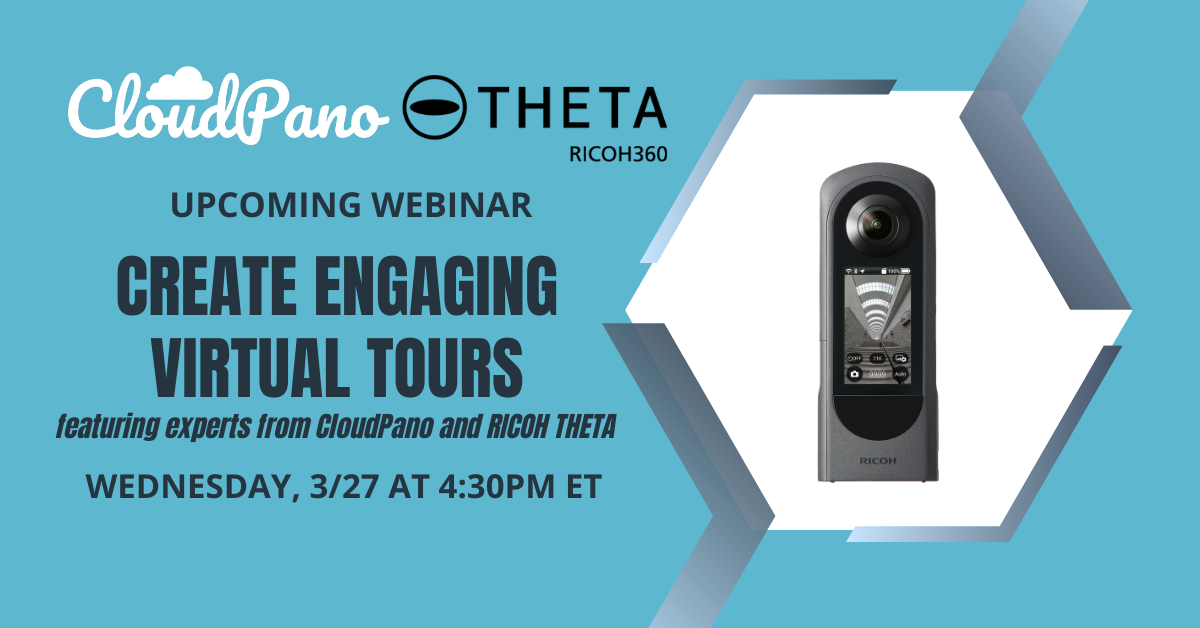This series will introduce technologies supporting RICOH360 through interviews with engineers involved in developing them in different fields over four articles.
The third issue is about patents that support technology. Our technology receives a lot of benefits from patents, and is also protected by them. This right exists for the benefit of companies and, by extension, for society. We interviewed a person in charge of intellectual property management about patents from how he interacts with developers to the secret story behind the patents for the 360-degree camera RICOH THETA.
Where Are the Inventions?
A patent is an exclusive right*1 granted to an “invention” that meets certain criteria. What do you imagine when you hear the word “invention”? You may think of historical figures or a drama, such as Edison or the Nobel Prize, or even some older man making gadgets around town.
So again, what is an invention? The answer is “an idea, one that incorporates a technical perspective.”
Let’s consider one simple example from THETA. The idea of “a camera that can acquire 360-degree images” alone does not make it an invention. To qualify as an invention, it is necessary to go further to the level such as “a camera with two fisheye lenses and a photographic element in each lens that can capture a 360-degree view of the entire sphere at once.”
However, it is not just a matter of adding a technical perspective. There are many other definitions other than the aforementioned “a camera with two fisheye lenses.” How does one identify the key points of technology which lead to an invention being granted as a right? This will be explained later in the interview describing the THETA patent.
*1 Exclusive right: Another name for a patent that is both monopolistic (the patentee can exclusively practice the patent) and exclusive (the patentee can exclude other companies from practicing the patent)
Creating a Way Together
Mr. Akiyama, in charge of intellectual property management, always works with developers to proceed with projects. He says it is important to understand the developers’ characteristics well in order to exchange opinions with each other despite having differences in expertise.

Koichi Akiyama
----
Joined the current Ricoh Imaging Company in 2008.
Expert in patent applications, acquisition of rights, and intellectual property (IP) strategies. Never been defeated in an IP lawsuit.
Enjoys fishing in his leisure time. Recently, started getting into saxophone and saunas.
“Engineers are learning and developing very advanced technologies on a daily basis. Of course, we have to learn as well because we are dealing with professionals, but sometimes the level of technology is so advanced that the discussions can become highly technical, and the main point may be lost in an argument. In such cases, I remind myself to ask them questions such as, ‘What would happen if it were actually integrated into the product?’ or ‘What effect will it cause?’ to get back to basics.”
Also, if there is a possibility that a technology or specification is downgraded for commercial reasons, he checks what would happen if that restriction was removed. This is Mr. Akiyama’s commitment to “taking inventions as broadly as possible.” To help developers picture it too, he asks, “Would it be the same if done by other companies?”
Currently, there is a “meeting to check inventions” to follow up on SaaS plus a Box (a business model that combines services and cameras to provide better value), so there are more opportunities for discussions between the IP department at the head office, the IP department of the business division, and developers. These discussions are good opportunities to be inspired by each other's comments and to further enhance the value of the patents. Collaboration between IP and development will continue to grow stronger.
Making the Fundamentals Clear and Easy to Understand
One of Mr. Akiyama’s cases was the patent for RICOH THETA, which was registered at the Japan Patent Office in 2022.
In general, obtaining a patent is a long and arduous process. There is no way the process can be completed immediately after filing an application*2. Receiving a rejection*3 is common, and it can take years to get approval.
As premise for this, there is a system called “divisional application*4.” This system enables a patent to be reapplied for after it has been filed, in order to rearrange the requirements and patent an invention that has been noticed anew. The advantage of this system is that the filing date remains the same. When used effectively, it can be a powerful weapon, and is often utilized by IP personnel.

The original application for THETA was filed in 2012. The point of innovation was the relationship between the center and the center of gravity of the camera. The concept was “As the center of gravity is below the center, the lens does not tend to hit the floor when the camera is dropped (the camera falls from its center of gravity).”
Mr. Akiyama who became in charge of this case in 2019 says “It was surely interesting but I wondered what a more fundamental issue was. The lens is on top, there is a button in the middle, and you press it with your thumb while holding the camera body with your hand. I recognized that there was no other camera like this in 2012.”
He thought that a patent could be acquired just for the shape of THETA, instead of the position of the center or the center of gravity. He also thought that the patent would be understandable to anyone. Mr. Akiyama made this hypothesis and worked to acquire a right via divisional application in order to patent the invention that he recognized.

He says “The lens protrudes from the camera body and the shutter button can be pressed in the same direction as the optical axis of the lens. The camera is easy to use due to this ‘arrangement’ and the ‘direction to press.’ We ultimately acquired a patent for like this feature.
The common feature with the original application was that the lens is located in an upper part. Because of this, users can hold the camera body with either their right or left hand and press the button with their thumb. I thought that another required element would be the direction to press and created a story using these characters*5.”
He says that providing an attractive story is also important in addition to the logic during an interview*6 with patent examiners. He emphasized its amazing features while utilizing common points with the original application in the interview and eventually acquired a patent.
*2 Application: This is the process of describing an invention in the prescribed documents and submitting it to the Patent Office in order to obtain a patent. Officially, it is called a “patent application.”
*3 Rejection: A notice from the Patent Office examiner during the examination process indicating that the patent requirements are not met. Officially, it is called “Notification of Reasons for Refusal.”
*4 Divisional application: When the original application contains two or more inventions, a new application can be filed with some of its inventions. The reference date of a divisional application is retroactive to the original filing date.
*5 Character: Individual components in claims having a story are often expressed as “characters” in an analogy of people in practical operations for patents.
*6 Interview: Correspondence regarding examinations of patent applications is basically done in writing. However, there is a system to have an interview where examiners from the Patent Office and applicants can meet in person for better communication.
For the Corporation and Society
Mr. Akiyama, working actively as an expert in IP, studied in a technical high school and college.
“I majored in materials engineering. Although I was studying mechanics, physical properties, and metal fatigue, I did not get hooked by them so much (laugh) and I was not very motivated to work in such fields. When I learned about IP in a class by chance, I got interested in the industry itself and the rules within it. Following the flow, I obtained a qualification related to IP and got even more motivated, which led me to the current state.”

He has handled various IP cases and has been involved in cameras overall in addition to RICOH360 as well as in research and development. He has a mind to contribute to “items that have a contact with society and things that help people” so he seems to be very satisfied with the challenges in his current job.
Matters related to IP are not out in public usually. Contrary to the expectation that people in this field to be busy with document-related work, his work style is quite active, exchanging opinions with people around him proactively and visiting the Patent Office.
He says “It is not the time for acquiring the maximum number of patents, as it was 10 to 20 years ago. Now, it is important to make IP the optimum assets for a business. As the 360-degree business is expanding, the idea to protect important technology with patents in advance to ‘support business activities’ matches RICOH360.”
Shine a light on a nameless technology and stay with it for a long time. This process is supported by a strong will looking ahead to our future.
RICOH THETA
https://www.ricoh360.com/theta/



.webp)
.jpg)


.svg)




